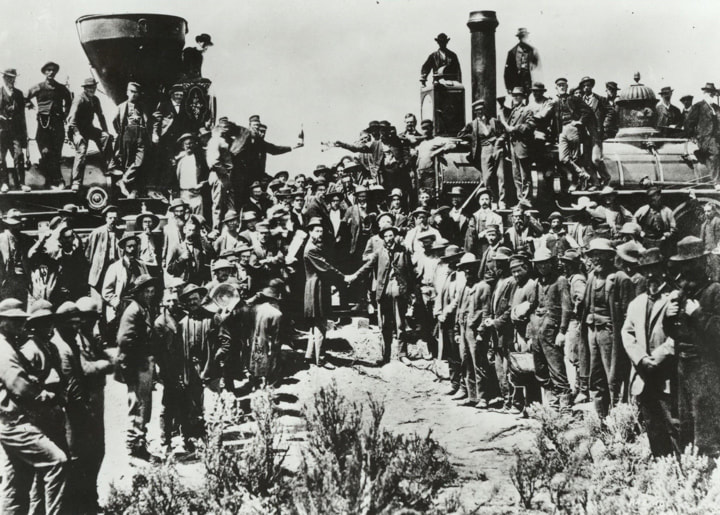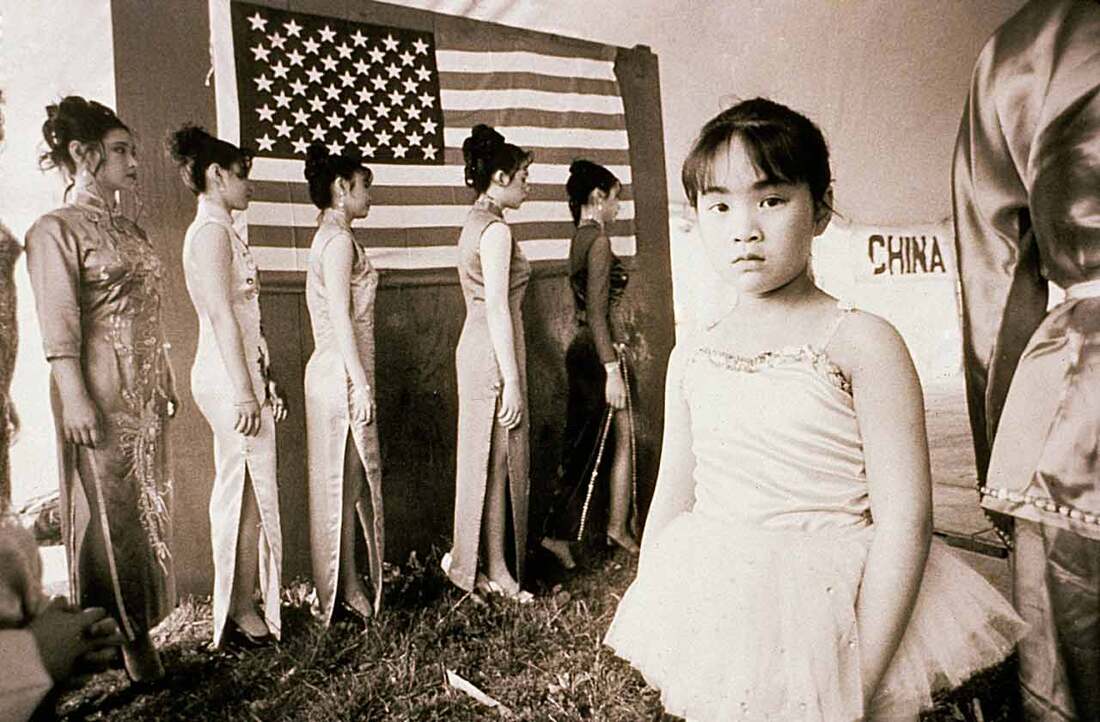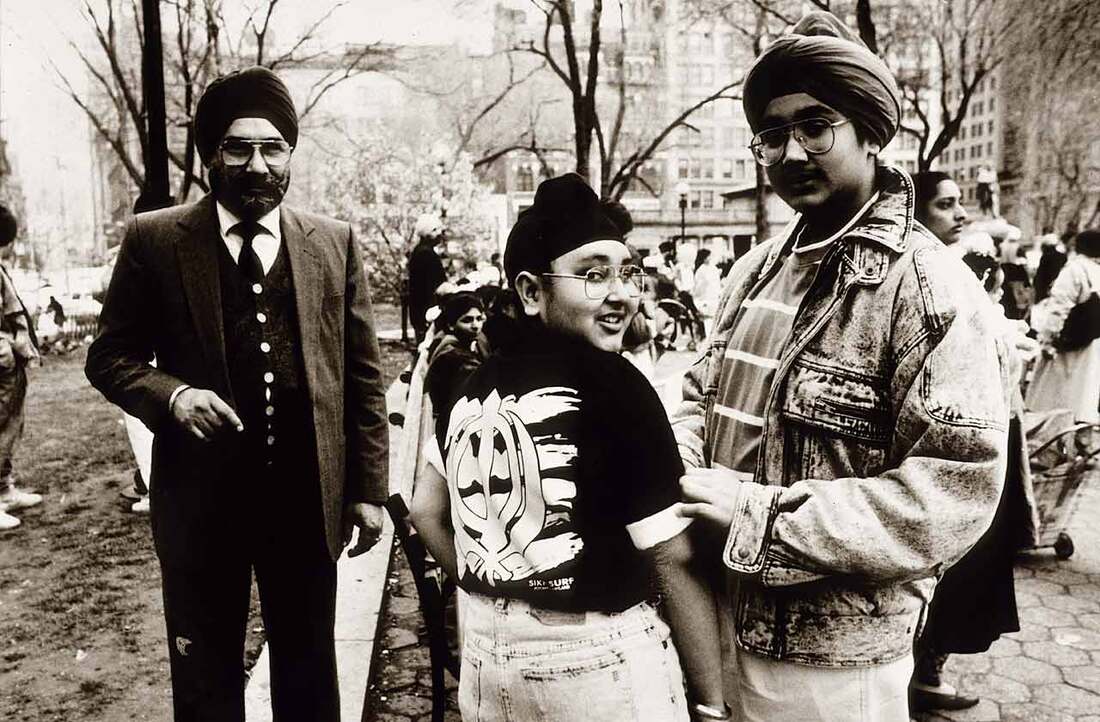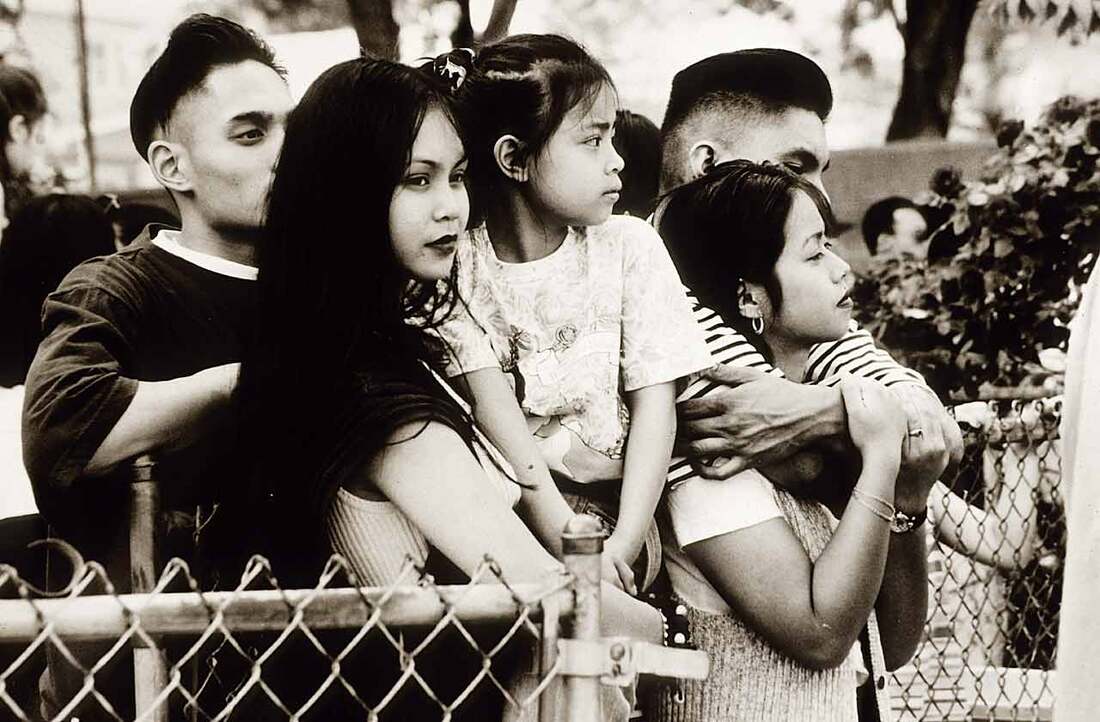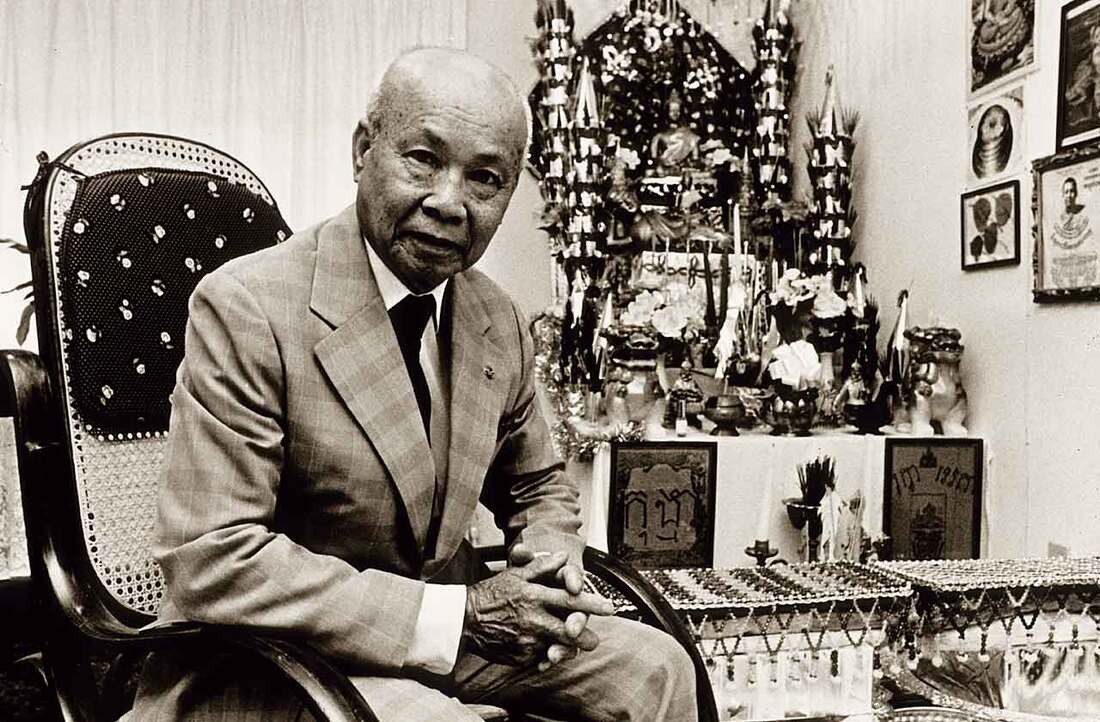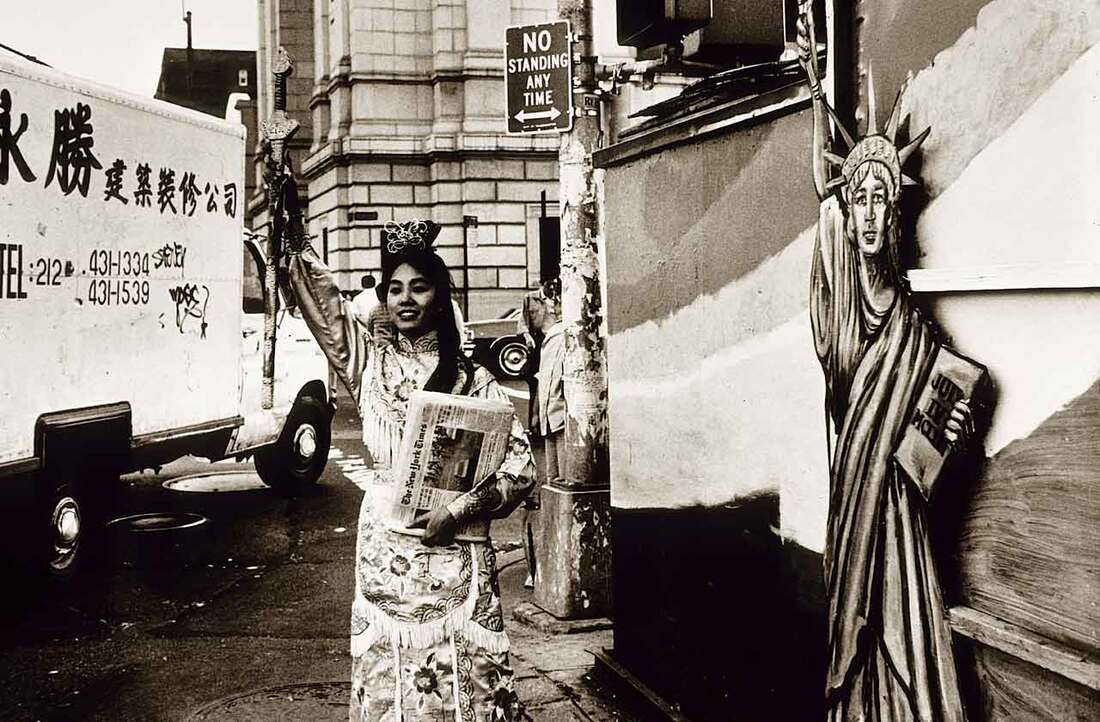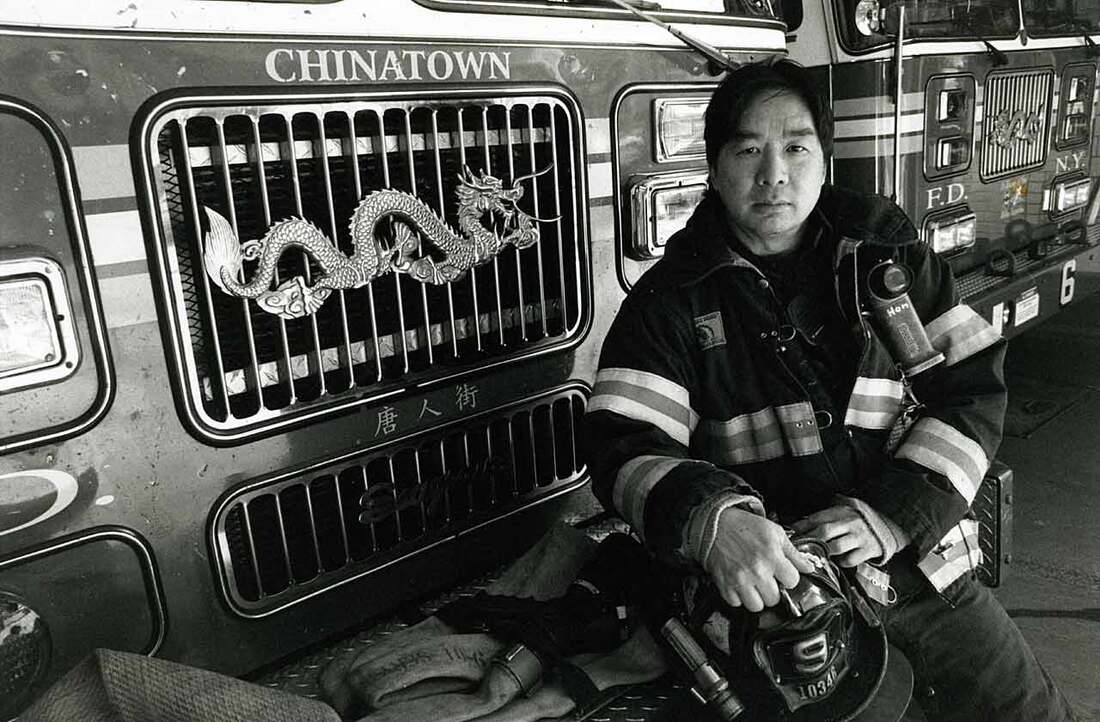Young Kwok "Corky" Lee was a self-taught Chinese American photojournalist. His photography focused on key events in Asian American political history.
Lee was born on September 5, 1947 to Chinese immigrants and grew up in Queens, New York. In a junior high school social studies class, he realized that a textbook photograph celebrating the completion of the transcontinental railroad only showed white workers, despite the fact that thousands of Chinese laborers worked on the project.
Lee was born on September 5, 1947 to Chinese immigrants and grew up in Queens, New York. In a junior high school social studies class, he realized that a textbook photograph celebrating the completion of the transcontinental railroad only showed white workers, despite the fact that thousands of Chinese laborers worked on the project.
This inspired Lee to become a freelance photographer. He taught himself using borrowed cameras, because he was unable to afford his own. He studied American history at Queens College, then, in the early 1970s, took photos of housing conditions on the Lower East Side in the style of Jacob Riis.
Lee famously photographed a Chinese American man injured by New York City police officers during a 1975 protest in Chinatown. After the photo was published in The New York Post, 20,000 people marched from Chinatown to City Hall to protest police brutality.
Lee famously photographed a Chinese American man injured by New York City police officers during a 1975 protest in Chinatown. After the photo was published in The New York Post, 20,000 people marched from Chinatown to City Hall to protest police brutality.

A bloodied protestor being led away by police officers. Chinatown, 1975. Courtesy artasiamerica.org and the Asian American Arts Centre.
Throughout his life, Lee photographed important Asian American protests and events, as well photographing culture and day-to-day life. Lee traveled to Detroit, Michigan to cover protests about the death of Vincent Chin, a Chinese-American beaten to death after his bachelor party by two white men. Shortly after September 11, 2001, Lee photographed a Sikh candlelight vigil, capturing a widely seen image of a man wrapped in an American flag.
May 5, 1988 was declared to be “Corky Lee Day” by the then mayor of New York City, David Dinkins, to recognize Lee's work. Later, May 7, 1993 was also declared “Corky Lee Day.” Lee's photographs appeared in The New York Times, The Village Voice, Associated Press, The New York Post, The Villager, and Downtown Express.
In 2002, and again in 2014, Lee traveled to Promontory Summit, Utah and recreated the transcontinental railroad photograph with Chinese Americans, including descendants of railroad workers.
Corky Lee died of complications of Covid-19 on January 27, 2021.
May 5, 1988 was declared to be “Corky Lee Day” by the then mayor of New York City, David Dinkins, to recognize Lee's work. Later, May 7, 1993 was also declared “Corky Lee Day.” Lee's photographs appeared in The New York Times, The Village Voice, Associated Press, The New York Post, The Villager, and Downtown Express.
In 2002, and again in 2014, Lee traveled to Promontory Summit, Utah and recreated the transcontinental railroad photograph with Chinese Americans, including descendants of railroad workers.
Corky Lee died of complications of Covid-19 on January 27, 2021.
Photographs by Corky Lee. Courtesy artasiamerica.org and the Asian American Arts Centre.
|
|
|

